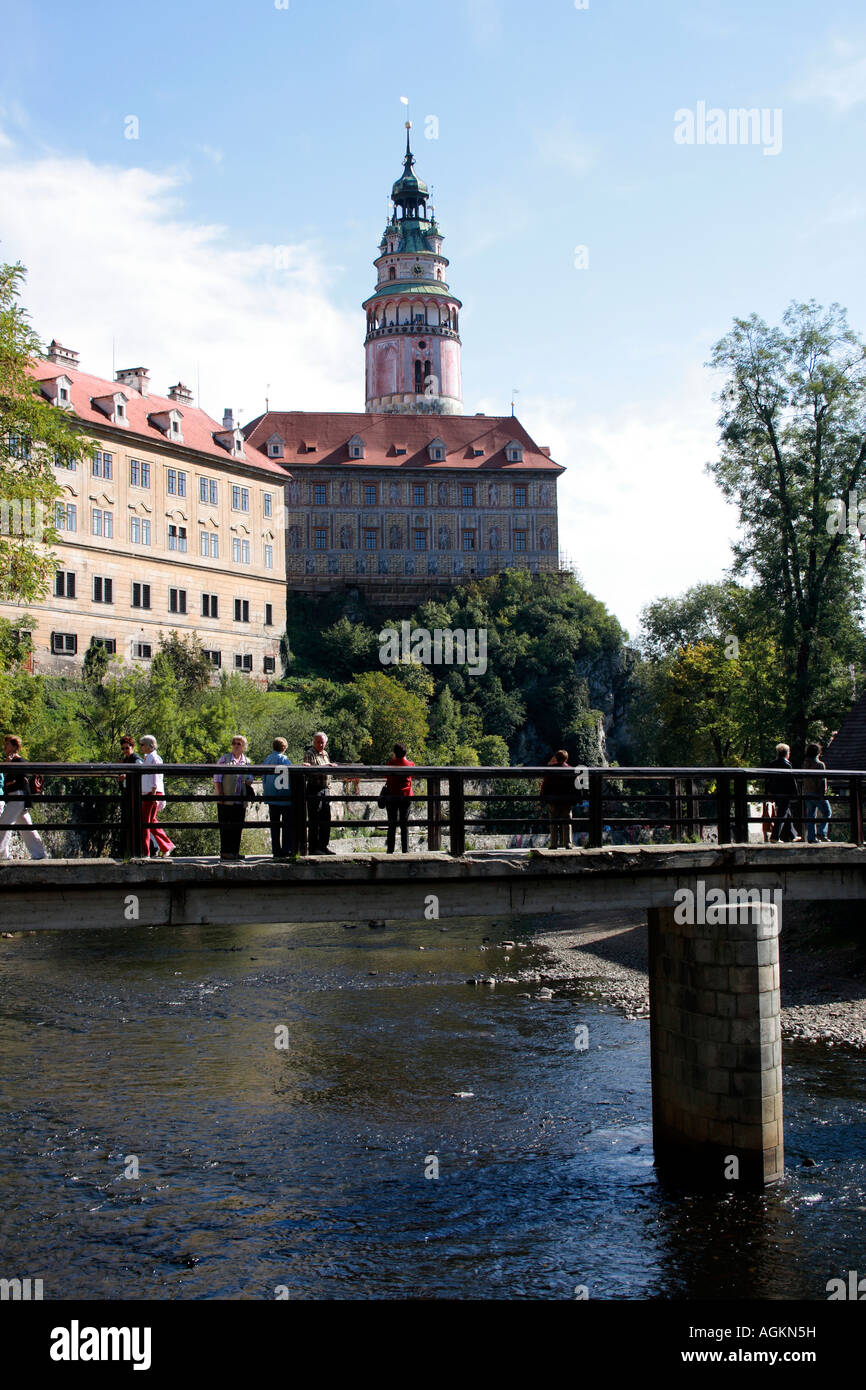Krumlov Castle Cesky South Bohemia Czech Republic. Photo by Willy Matheisl

Image details
Contributor:
willy matheisl / Alamy Stock PhotoImage ID:
AGKN5HFile size:
66.1 MB (3.3 MB Compressed download)Releases:
Model - no | Property - noDo I need a release?Dimensions:
3925 x 5888 px | 33.2 x 49.9 cm | 13.1 x 19.6 inches | 300dpiDate taken:
30 March 2017Location:
Krumlov, South Bohemia, Czech Republic, EuropeMore information:
Willy Matheisl, Cesky Krumlov German: Krumau an der Moldau or Böhmisch Krumau (Latin: Crumlaw) is a small city in the South Bohemian Region of the Czech Republic, best known for the fine architecture and art of the historic old town and Krumlov Castle. Old Český Krumlov is a UNESCO World Heritage Site.The city is named Český Krumlov ("Bohemian Krumlov") to differentiate it from Moravský Krumlov ("Moravian Krumlov") in the southeast of the country. Construction of the town and castle began in the late 13th century at a ford in the Vltava River, which was important in trade routes in Bohemia. In 1302 town and castle was owned by the House of Rosenberg. Emperor Rudolf II bought Krumau 1602 and gave it to his son Julius d’Austria. Emperor Ferdinand II gave Krumau to the House of Eggenberg. Since 1719 until 1945 the castle belonged to the House of Schwarzenberg. Most of the architecture of the old town and castle region dates from the 14th through 17th centuries; the town's structures are mostly in Gothic, Renaissance, and Baroque styles. The core of the old town is within a horseshoe bend of the river, with the old Latrán neighborhood and castle on the other side of the Vltava. The town became part of the Austrian Empire in 1806 and Austria-Hungary in 1866. 8, 662 inhabitants lived in Krumau an der Moldau in 1910, including 7, 367 Germans and 1, 295 Czechs.After World War I, Krumau belonged from October 1918 until September 1919 to Upper Austria within the Republic of German Austria. In November 1918 Czech troops occupied the town. During the interwar era it was part of Czechoslovakia. Between 1938 and 1945 it was annexed by Nazi Germany as part of the Sudetenland. The town's German-speaking population was expelled after World War II and it was restored to Czechoslovakia.